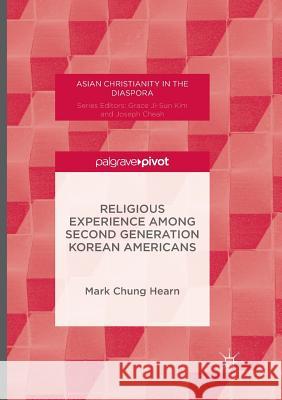Religious Experience Among Second Generation Korean Americans » książka
topmenu
Religious Experience Among Second Generation Korean Americans
ISBN-13: 9781349955282 / Angielski / Miękka / 2018 / 139 str.
Kategorie BISAC:
Wydawca:
Palgrave MacMillan
Seria wydawnicza:
Język:
Angielski
ISBN-13:
9781349955282
Rok wydania:
2018
Wydanie:
Softcover Repri
Ilość stron:
139
Waga:
0.19 kg
Wymiary:
21.01 x 14.81 x 0.84
Oprawa:
Miękka
Wolumenów:
01
Dodatkowe informacje:
Wydanie ilustrowane











